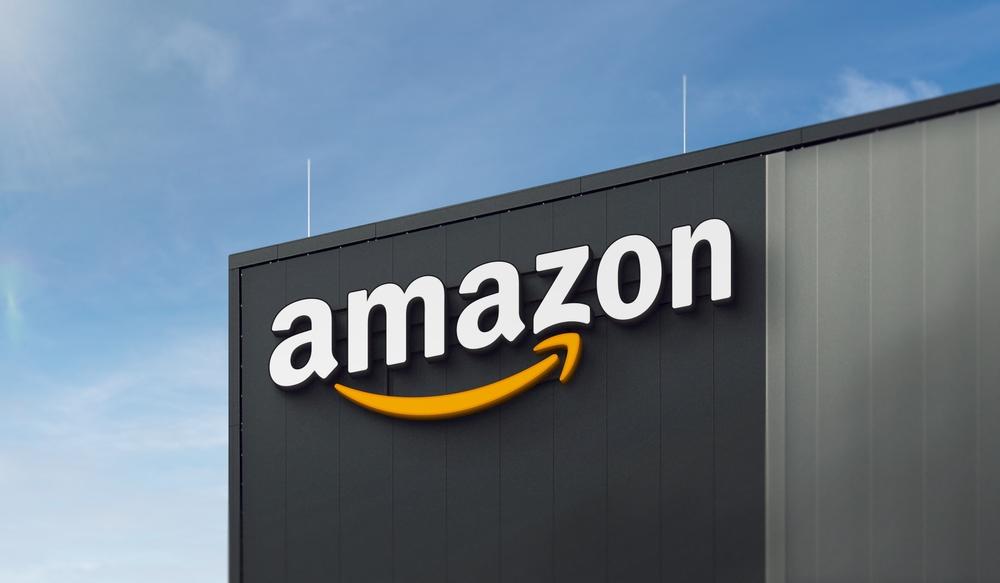
Receiving a job offer from Amazon is a thrilling moment, but what happens next? This comprehensive guide will walk you through the steps that follow after an Amazon job offer, from accepting the offer to the onboarding process, training programs, and more.
After receiving an Amazon job offer, the next steps include accepting the offer formally, undergoing pre-employment checks and verifications, and embarking on the onboarding process. This is followed by various training and orientation programs to familiarize you with the company’s culture and work ethics. The first few weeks are usually self-guided, focusing on self-learning and adaptability. Amazon also offers upskilling programs for career growth and transition into high-demand roles.
Accepting the Offer
Once you receive a job offer from Amazon, the first step is to respond to the offer. This can be done through a formal acceptance letter or email. Confirm your acceptance of the job offer, restate the final offer details, and express your enthusiasm and appreciation for the opportunity.
If the offer doesn’t align with your expectations or qualifications, consider negotiating the terms. Express your concerns professionally and provide a counteroffer if necessary. You should also inform other companies that you have been interviewing with that you have accepted a job offer elsewhere.
Pre-Employment Checks and Verifications
After accepting the job offer, you will undergo a series of pre-employment checks conducted by Amazon. This includes a criminal background check, employment history verification, educational background check, and drug screening. Amazon uses a company called Accurate Backgrounds to ensure the accuracy of the information provided by the candidate. This process can take anywhere from 1 to 4 weeks.
Onboarding Process
Amazon’s onboarding process is self-guided, focusing on efficiency and adaptability. Your manager will provide a comprehensive guideline that contains information about your position, team members, and subsequent deliverables for the first week and the following one or two months. You will also gain access to Amazon’s learning portal, which includes videos, blogs, talks, quizzes, and step-by-step guidebooks.
Life at Amazon is fast-paced, and new hires are expected to catch up on the training material and speed up self-learning. Weekly personal check-ins with managers ensure open communication and support.
Training and Orientation Programs
Amazon provides a variety of training and orientation programs for its new hires. These include the Amazon Technical Academy, Machine Learning University, AWS Training and Certification, and more, designed to equip employees with the necessary skills and knowledge to excel in their roles.
In addition to these programs, Amazon conducts a new hire orientation process that typically lasts for three days. The orientation aims to familiarize new employees with the company’s culture, policies, ethics, principles, and working style.
First Few Weeks at Amazon
During your first few weeks at Amazon, you will be expected to navigate your own onboarding journey using the resources provided. There is little time to warm up at Amazon. The company expects employees to be self-starters and to be able to work independently without relying on others.
Upskilling Programs
Amazon also offers various upskilling programs and training opportunities for employees to help them grow their careers and transition into high-demand roles. These programs are designed to equip employees with the necessary skills and knowledge to succeed in their roles, and they offer significant benefits for both the company and its employees.
In conclusion, the journey after receiving an Amazon job offer is filled with opportunities for personal and professional growth. By accepting an offer from Amazon, you are stepping into a fast-paced, dynamic work environment that encourages self-learning and adaptability. Whether you’re a new hire or a seasoned professional, Amazon provides the resources and support you need to excel in your career.
Frequently Asked Questions
What should I include in my formal acceptance letter or email?
Your formal acceptance letter or email should include a confirmation of your acceptance of the job offer, restatement of the final offer details, and an expression of your enthusiasm and appreciation for the opportunity. You can also use this opportunity to confirm your start date and any other relevant details.
What should I do if the job offer doesn’t meet my expectations?
If the job offer doesn’t meet your expectations, it’s important to express your concerns professionally. You can provide a counteroffer if necessary, outlining the terms that you would be happy with. It’s important to be clear and concise when communicating your concerns and suggestions.
What does the onboarding process at Amazon look like?
Amazon’s onboarding process is self-guided. Your manager will provide a comprehensive guideline that contains information about your position, team members, and subsequent deliverables for the first week and the following one or two months. You will also gain access to Amazon’s learning portal, which contains resources such as videos, blogs, talks, quizzes, and guidebooks.
What kind of training and orientation programs does Amazon provide?
Amazon provides a variety of training and orientation programs for its new hires. These include the Amazon Technical Academy, Machine Learning University, AWS Training and Certification and more. These programs are designed to equip employees with the necessary skills and knowledge to excel in their roles.
What can I expect in my first few weeks at Amazon?
During your first few weeks at Amazon, you will be expected to navigate your own onboarding journey using the resources provided. You will have to catch up on the training material and speed up self-learning. Amazon expects employees to be self-starters and to be able to work independently without relying on others.
Does Amazon offer upskilling programs?
Yes, Amazon offers various upskilling programs and training opportunities for employees to help them grow their careers and transition into high-demand roles. These programs are designed to equip employees with the necessary skills and knowledge to succeed in their roles.










